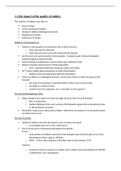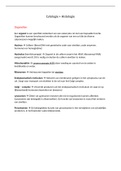Other
OCR History revision notes: 'The Changing Nature of Warfare' Chapter 1 Unit 2 - the impact of the quality of soldiers
- Institution
- OCR
Key revision notes for unit 1.2, 'the impact of the quality of soldiers', from the OCR History course 'The Changing Nature of Warfare '.
[Show more]





